Malian Christmas Trees
People come to Africa for the animals, but boy oh boy, if you come to Mali, your eyes will rather feast in the orchestral femininity of Malian women. Sparkling like Christmas trees in the stark desolate landscape make them seem all the more mystical, decorated from head to toe in vibrant and bold displays of colors, sparkles, bells and whistles. Ornamental hair coins, yards of yarn strewn throughout their braids, golden nose rings, tattooed mouths, distinct scarring, and heels, always heels! Oh, I felt like such a poor representative of our gender as I sat in my field gear consisting of cargo pants, white t-shirt and sorting a Chicago Cubs cap. Atleast I had my gold sparkly flip flips on. Despite battling sand storms, disease, dirt roads, muddy homes, and working 24/7, beauty remains one thing Malian women don’t skimp on in their lives, or rather, their Men don’t skimp on. Crop failures, drought, polygamy, run rampant, yet these men find ways to sell a goat when they need too in order to make that one woman in their lives (or two) feel like a Goddess. They know the secret to staying happily married, I suppose 😉
Of course, the definition of beauty differs in Mali than from in the States. Nose rings are perceived as dignified and mature, rather than punk rock or trendy. Women’s jaws are tattooed black, either to make the teeth look whiter or to display their status of wealth. The more ear piercings you have, the wealthier you are. The bigger your jewelry, the more your man loves you (well I made that up, but maybe it’s true). What surprised me what that this emphasis on appearance begins at very early ages, with ear piercings done within days of a child’s birth and nose rings a few years later. Girls become obsessed with changing their hairstyles routinely and wearing beads of necklaces that make noise as they strut through the village, all without the influence of Hannah Montana or Barbie dolls. Here are some photos I took of Malian women in their day to day environment, often in villages hundreds of kilometers away from a road.
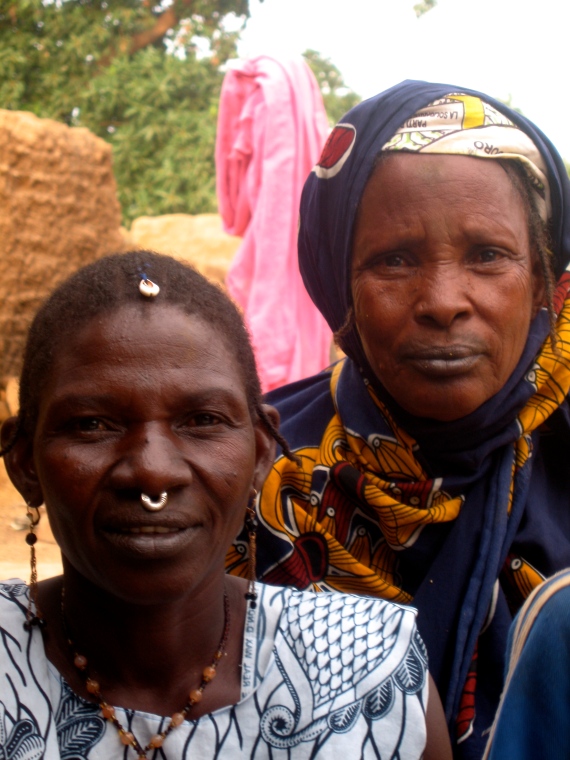
Getting old doesn't mean you stop taking care of yourself. Here are two beautiful grandmothers, one with a hair cowrie shell bead and nose ring, the other with the infamous mouth tattoo.

Mother and Daughter decked out. Mother wearing the infamous large gold and red Fulani wedding earrings. I noticed Malian women gave their children funky hairstyles such as the Mohawk above. Why? They said, just because it's fun.

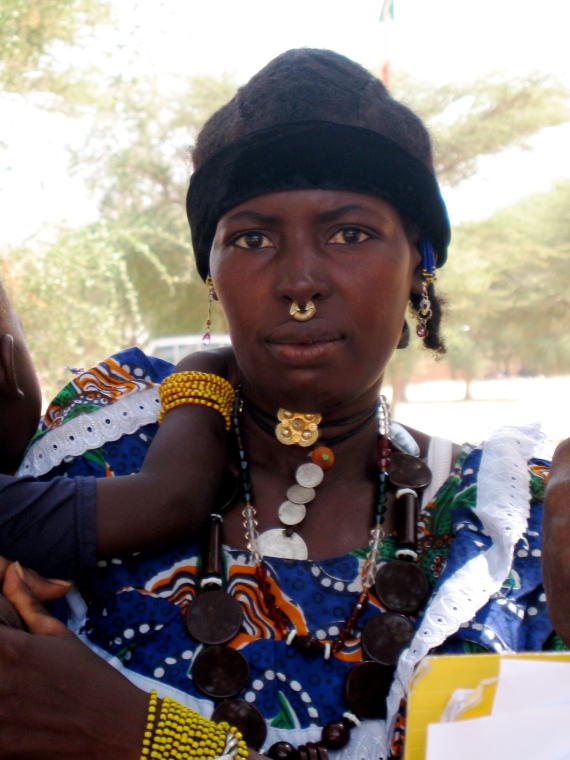
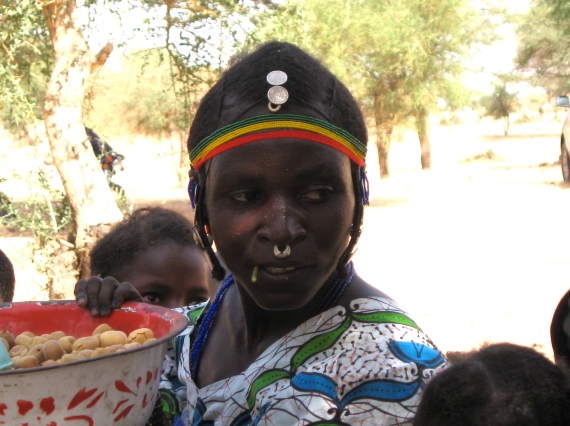
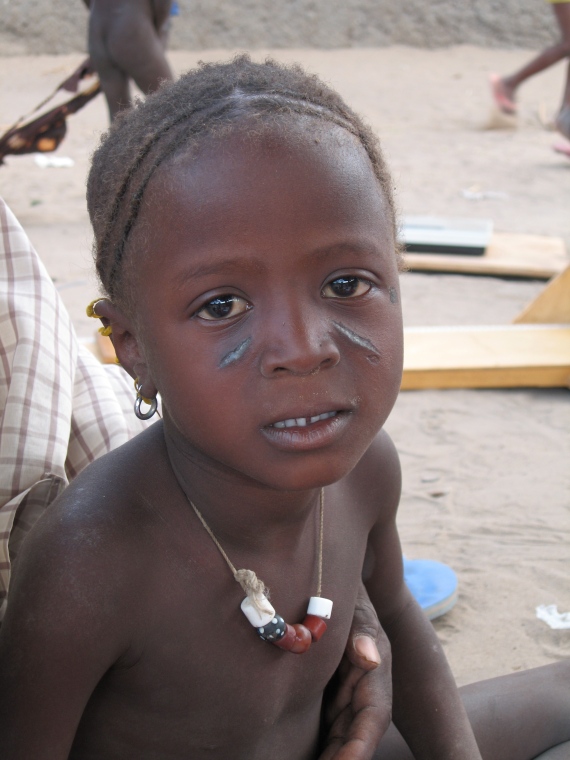















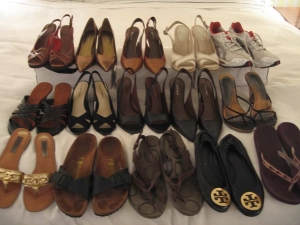



















 Stumble It!
Stumble It!




